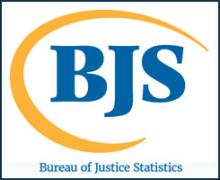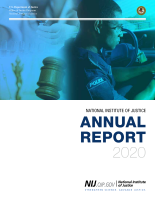Victims of crime
Procedural justice, neighbourhood context, and domestic violence reporting intention among subgroups of immigrants
Race, Ethnicity, Psychological Factors, and COVID-19 Vaccine Hesitancy During the COVID-19 Pandemic
Understanding the Fear of Crime and Perceived Risk Across Immigrant Generations: Does the Quality of Social Ties Matter?
Does racial discrimination matter: explaining perceived police bias across four racial/ethnic groups
Immigrant status and neighborhood context on perceptions of police procedural justice
“Flexibility and Consistency”: Qualitative Insights on Valuable Skills for Providers Working with Survivors of Child Sex Trafficking
Federal–local partnerships on immigration law enforcement: Are the policies effective in reducing violent victimization?
Criminal Victimization in the 22 Largest U.S. States, 2017–2019
National Institute of Justice Annual Report 2020
FY 2023 Community Based Violence Intervention and Prevention Initiative (CVIPI)
Victim Service Providers in U.S. Counties, 2017
Sexual Assault in Alaska
Helping Crime Victim Legal Clinics Help Their Clients by Defining and Measuring for Successful Outcomes
Defining and Studying Elder Abuse Polyvictimization
Defining and Studying Elder Abuse Polyvictimization
Defining and Studying Elder Abuse Polyvictimization
NIJ Social Science Analyst Yunsoo Park shares her knowledge about elder abuse, a widespread issue in the U.S. and around the world, particularly polyvictimization — the experience of a range of different types of abuse and maltreatment. As much as 11% of community-residing older adults experienced some form of abuse or mistreatment in the past year. Yunsoo discusses risk factors, difficulties in defining and studying elder abuse polyvictimization, and strategies for intervention and prevention. Stacy Lee Reynolds, a Communications Assistant with NIJ, hosts.
Beyond the Basics: Advancing Human Trafficking Investigations and Prosecutions
Camarillo, CA







